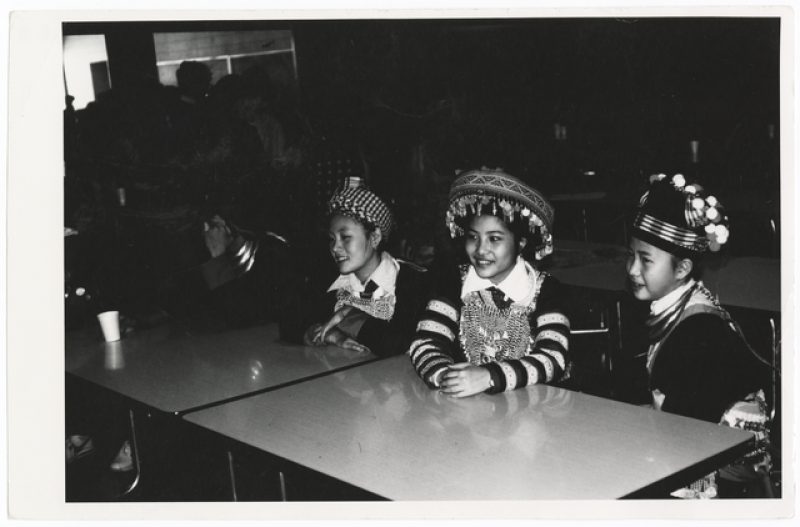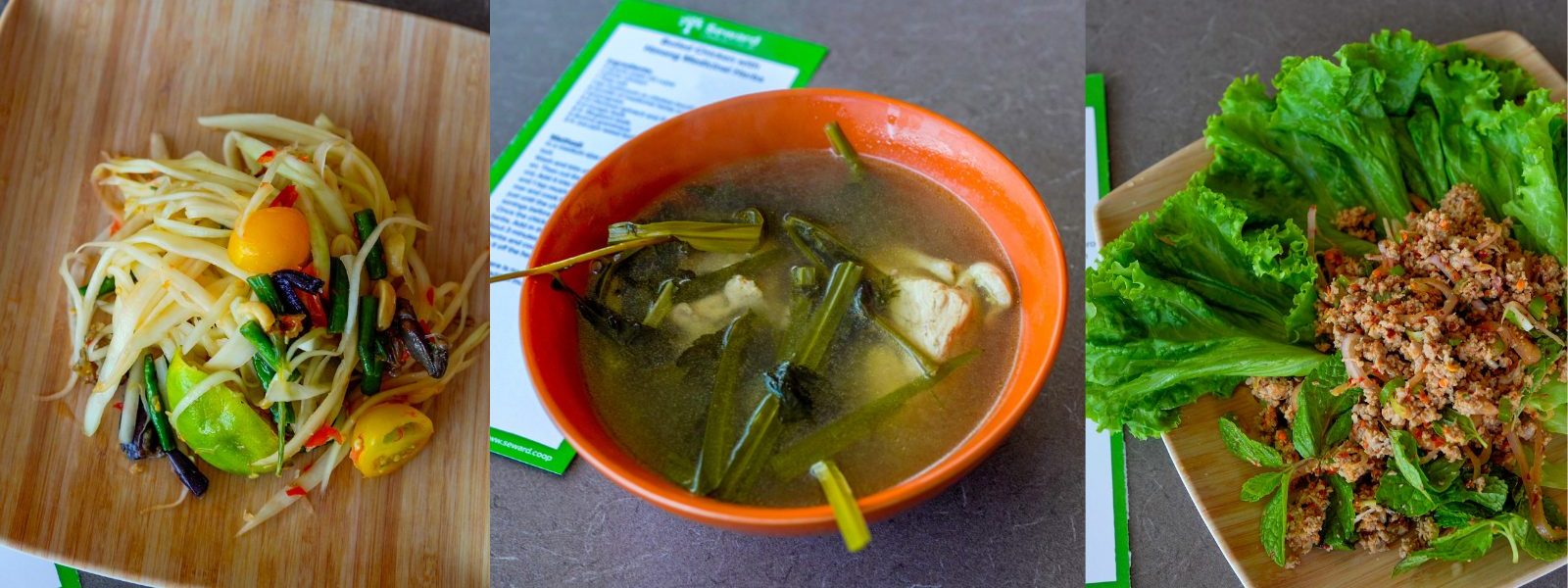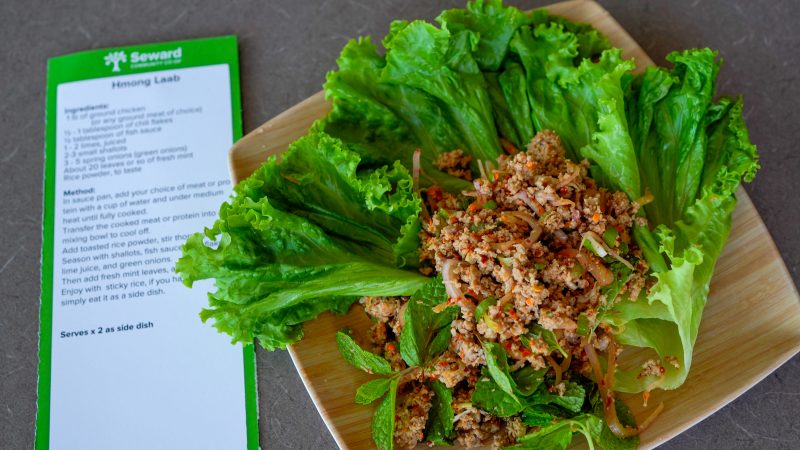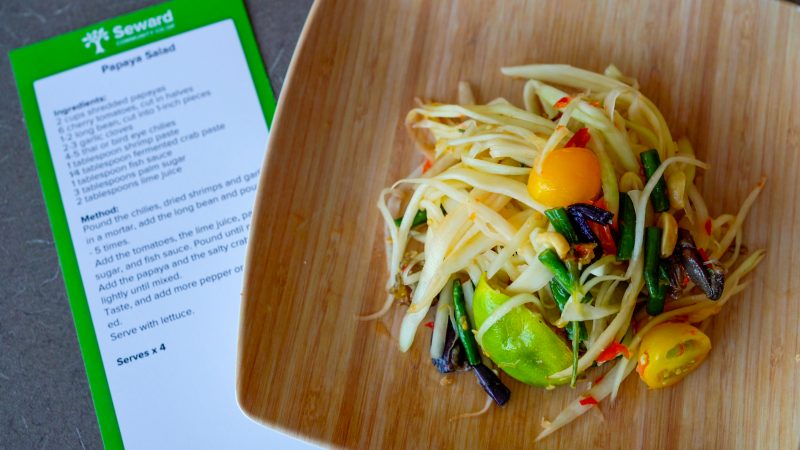Hmong New Year is an annual celebration that takes place in the fall to honor the ancestors and spirits and give thanks for the completion of the year’s harvest as well as to welcome in a new beginning. The celebration is rooted in agricultural history and religious tradition, and can range from 3 days to a week long. Rituals play a huge part of the Hmong New Year celebration, some include laig dab, txi xwm kab, and khi tes. Laig dab is an offering to the ancestral spirits, a common ritual where families offer food through chants inviting ancestral spirits to join in for a meal. Txi xwm kab is an offering to the God of Wealth for a household of good health and prosperity. Khi tes is string tying, a ceremonial ritual that involves tying blessed strings around one’s wrist for good fortune and protection and is worn for at least three days.

The biggest Hmong New Year gathering in the Twin Cities takes place in Saint Paul at the River Centre over the course of 3 days following the day after Thanksgiving. During the celebration you can find families and friends sharing dishes, wearing elaborately decorated Hmong clothes, and cultural performances such as music and dances. The most recognizable part of the Hmong New Year celebration is pov pob, ball tossing, a traditional courtship ritual.
Food plays an important role in the celebration as it is part of the ritual offerings to the ancestors. Some of my favorites are Boiled Chicken with Hmong Medicinal Herbs, Hmong Laab/Larb, and Papaya Salad. The Boiled Chicken with Hmong Medicinal Herbs is a chicken soup loaded with various medicinal herbs. My mother believes that the herbs in this soup provides medicinal effects for balancing and healing the body. Hmong Laab/Larb is a finely ground meat salad with rice powder, shallots, and mint leaves. It is meant to be eaten at room temperature and served with greens such as lettuce and a side of rice. Papaya salad is a popular savory and spicy dish made by using a mortar and wooden pestle.



